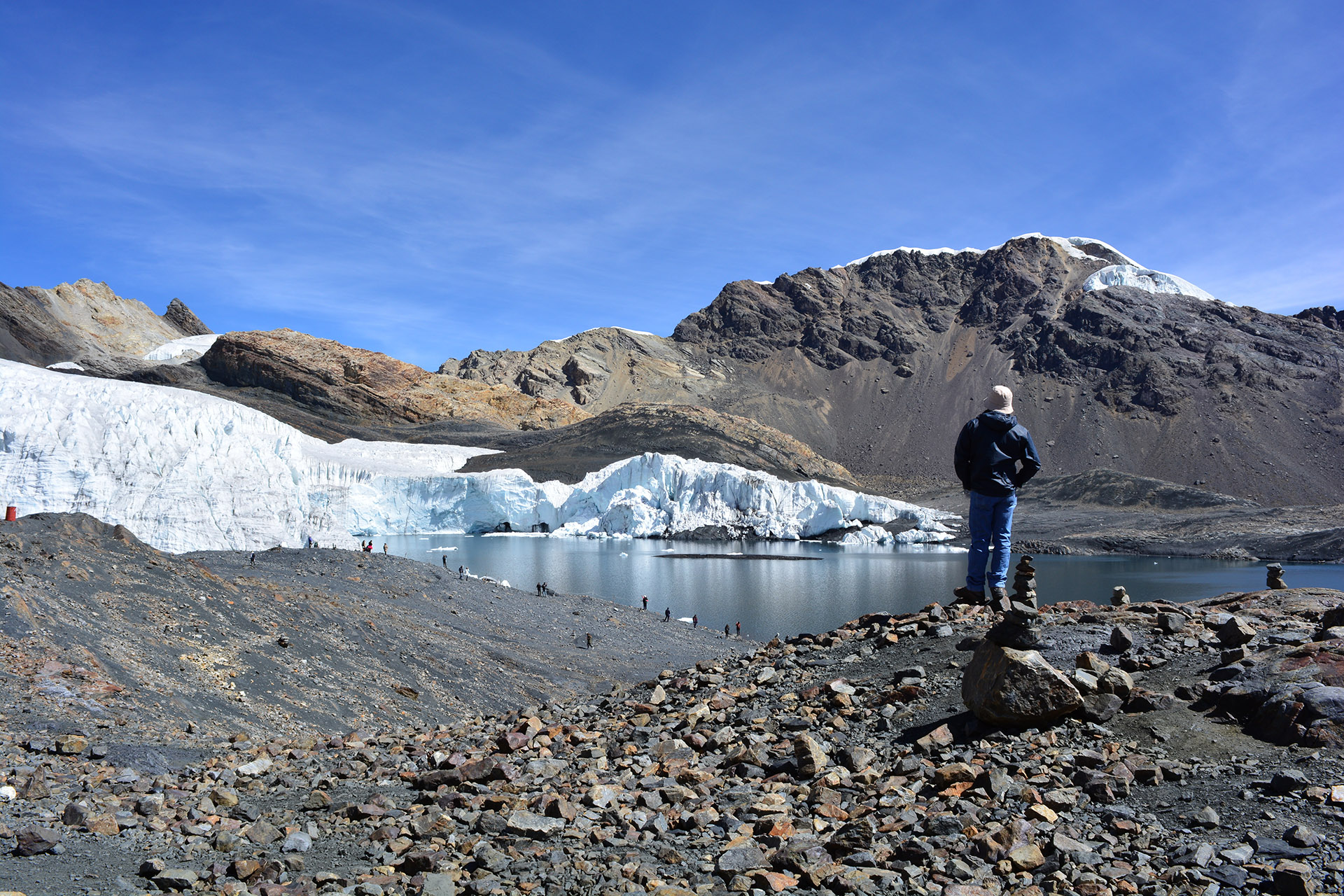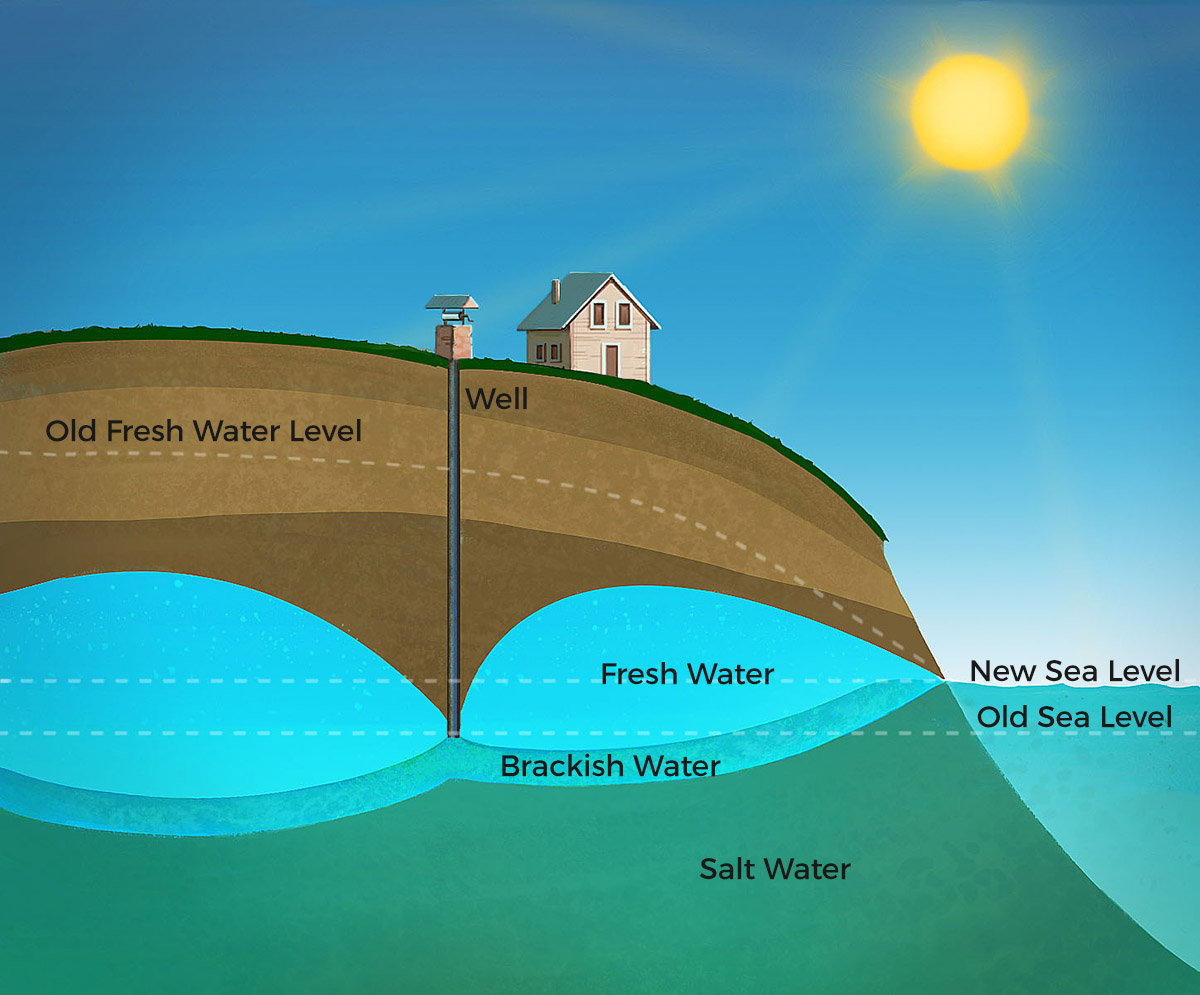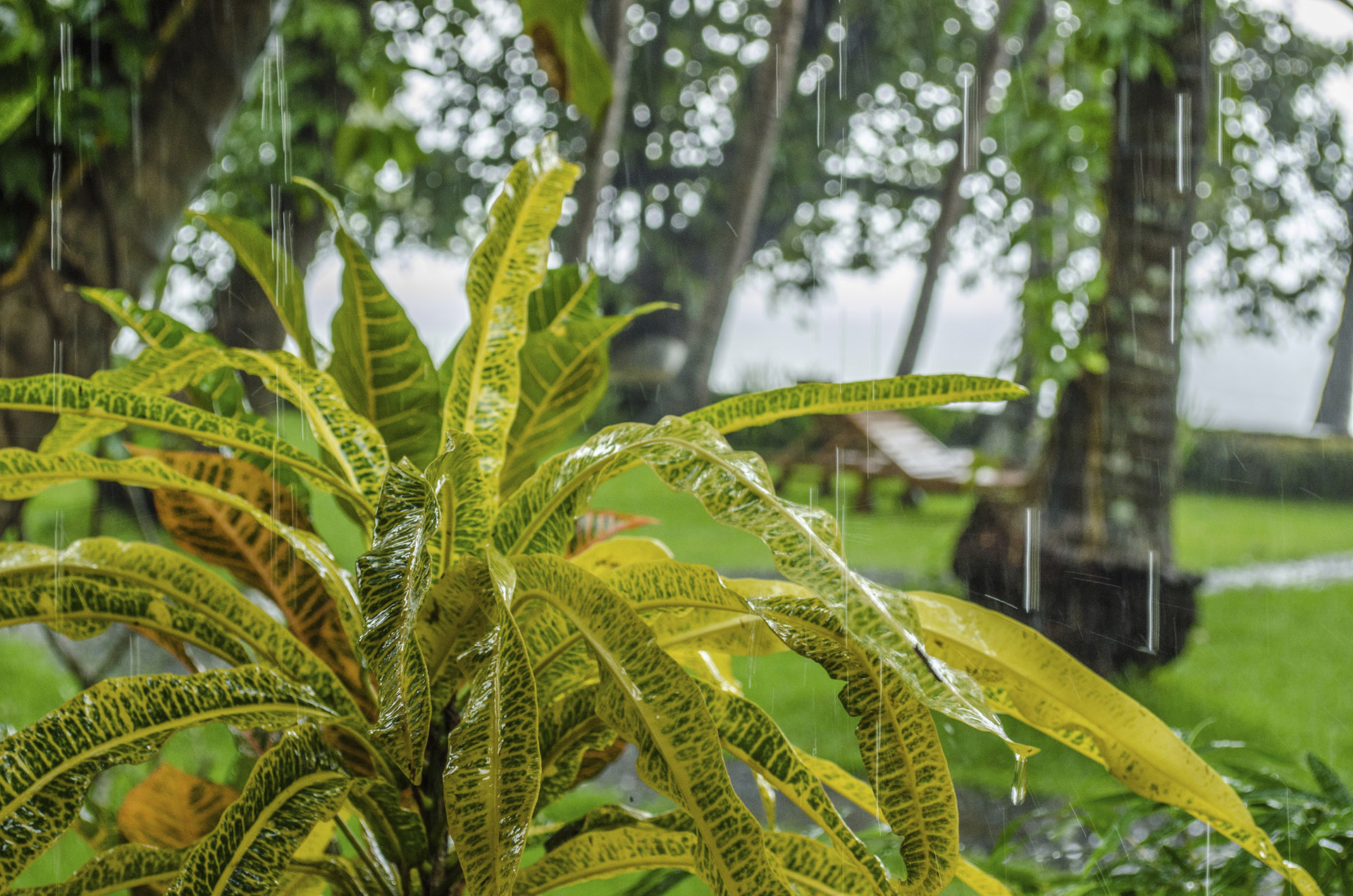
Fresh Water
An Endangered Resource
The small island nations in the Caribbean Sea are some of the most beautiful places in the world. This beauty supports the economy of many of these islands. Tourists come from all over the world to visit the sandy beaches, lush rainforests, and coral reefs. Small island nations have to balance the huge demands of their tourist population with the needs of their citizens. Unfortunately, one critical item is becoming harder and harder to supply, and it’s the most basic of needs: fresh water. Surrounded on all sides by salt water, the nations of the Caribbean have always had to rely on the replenishing rains of the wet season and sources of underground water for their fresh water supply. Climate change is threatening these resources.
Why are supplies of fresh water so important? You may already know that 71% of Earth is covered in water, but did you realize that only 2.5% of that is actually fresh water? Of that 2.5%, less than 1% is available to us for drinking - the rest is frozen in glaciers and snow. This supply of fresh water is critical to human survival - we cannot live without it. The increase in global temperature is triggering a rise in sea level, which is contributing to the loss of supplies of fresh water.
Where does the fresh water on an island come from? Fresh water collects in underground pools called aquifers, which are replenished by water from precipitation. When it rains, some of the rainwater seeps through the ground into the aquifer. Some aquifers are located near coastlines and the fresh water interacts with the salt water of the ocean. Normally, a natural barrier made of a mix of of fresh and salt water (this mix is called brackish water) forms and keeps the two supplies of water separate. But when sea levels are higher than normal, salt water can begin to push into the aquifer and contaminate the fresh water, making it unsuitable for drinking or irrigation.
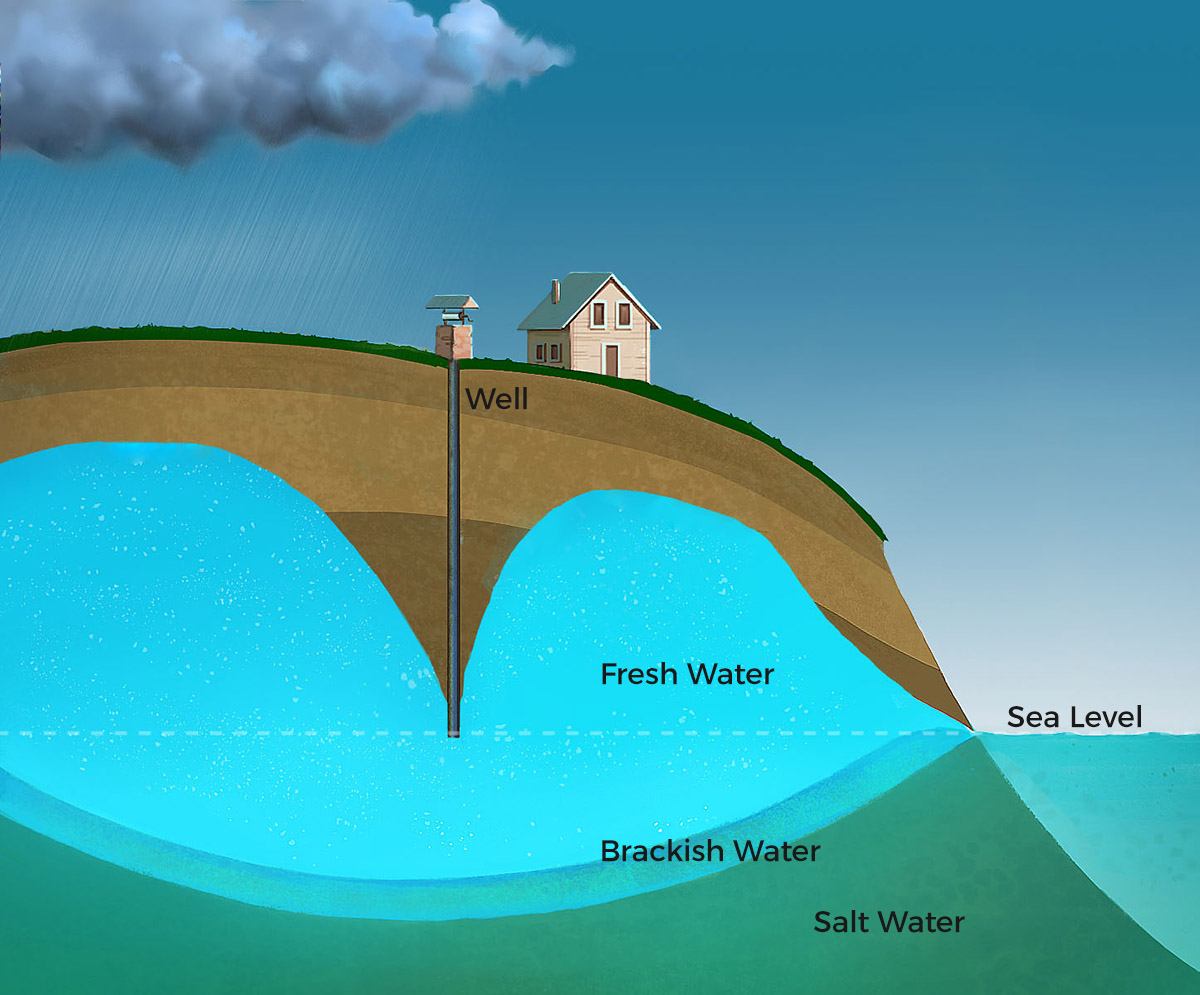
- Before Climate Change
- During Climate Change
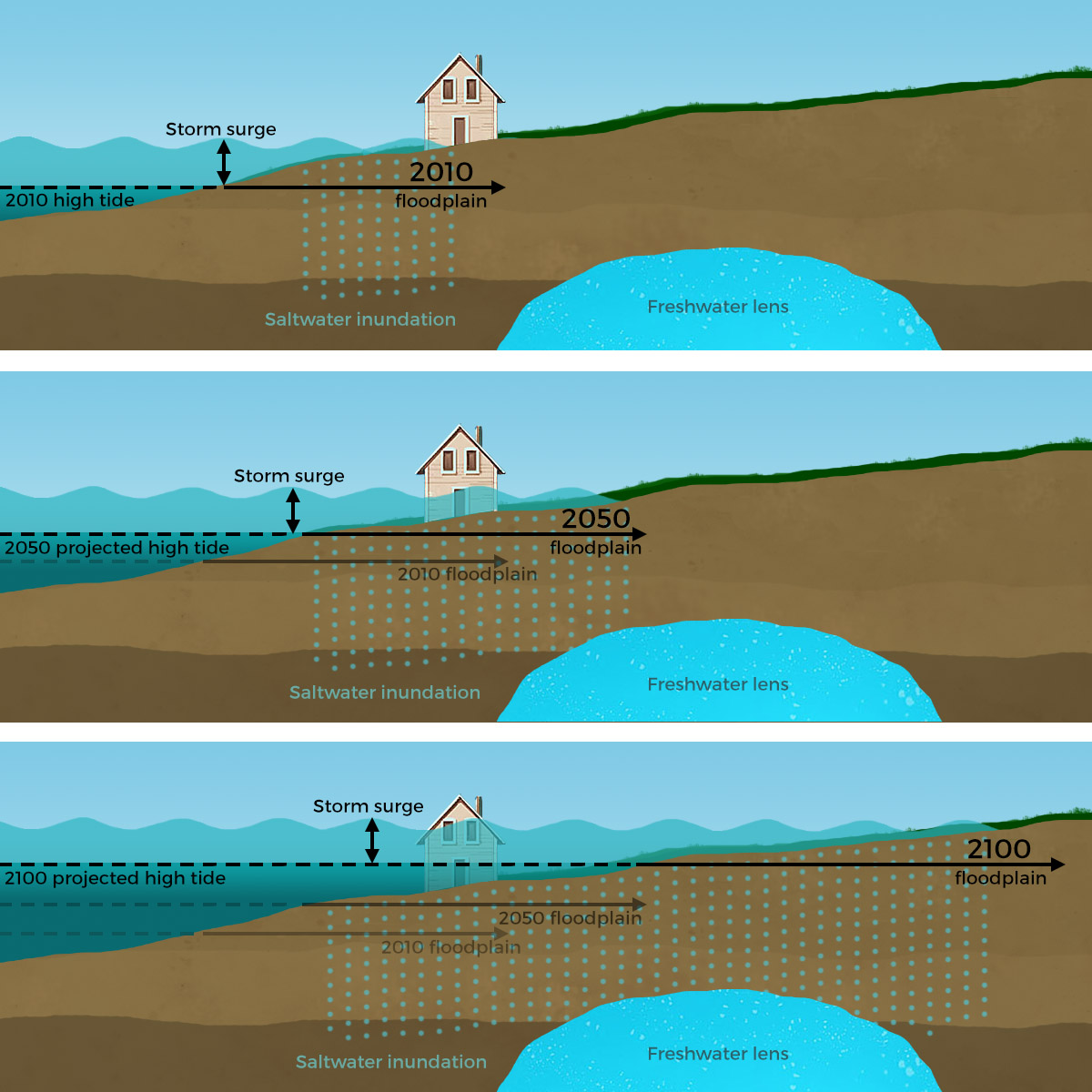
Climate change is also linked to an increase in the strength of hurricanes. The islands of the Caribbean lie in the path of many hurricanes and tropical storms, so stronger storms affect these communities directly. During tropical storms and hurricanes, ocean waves push much farther inland than regular tides. This effect is called storm surge. Rising sea levels result in even more damaging storm surges that push farther inland than before. When these waves wash over the island, they can seep into freshwater aquifers and contaminate the water supply.
The islands in the Caribbean are not the only places struggling with fresh water scarcity.
The Andes Mountains form a long spine along the west coast of South America. This massive mountain range holds 99% of the world’s tropical glaciers. These glaciers can exist at tropical latitudes because they lie at high altitudes, where the air temperature is much cooler than at sea level. Each summer, the glaciers partially melt and supply fresh water to the region’s rivers. For some of South America’s rural populations, this glacier melt is their only source of fresh water. The city of La Paz, Bolivia, with a population of over 789,000, depends at least in part on glacier melt for drinking water. The meltwater is also used for farm irrigation and hydroelectric power (electricity from running water).
Rising global temperatures are contributing to the shrinking of the world’s glaciers. In fact, between 2000 and 2010, glaciers around the world melted three times faster than they had in the previous century. Many glaciers in South America have become unrecoverable - they will keep melting until they are gone. The Chacaltaya glacier in Bolivia, approximately 18,000 years old and nearly a quarter of a kilometer in size, completely disappeared in 2009.
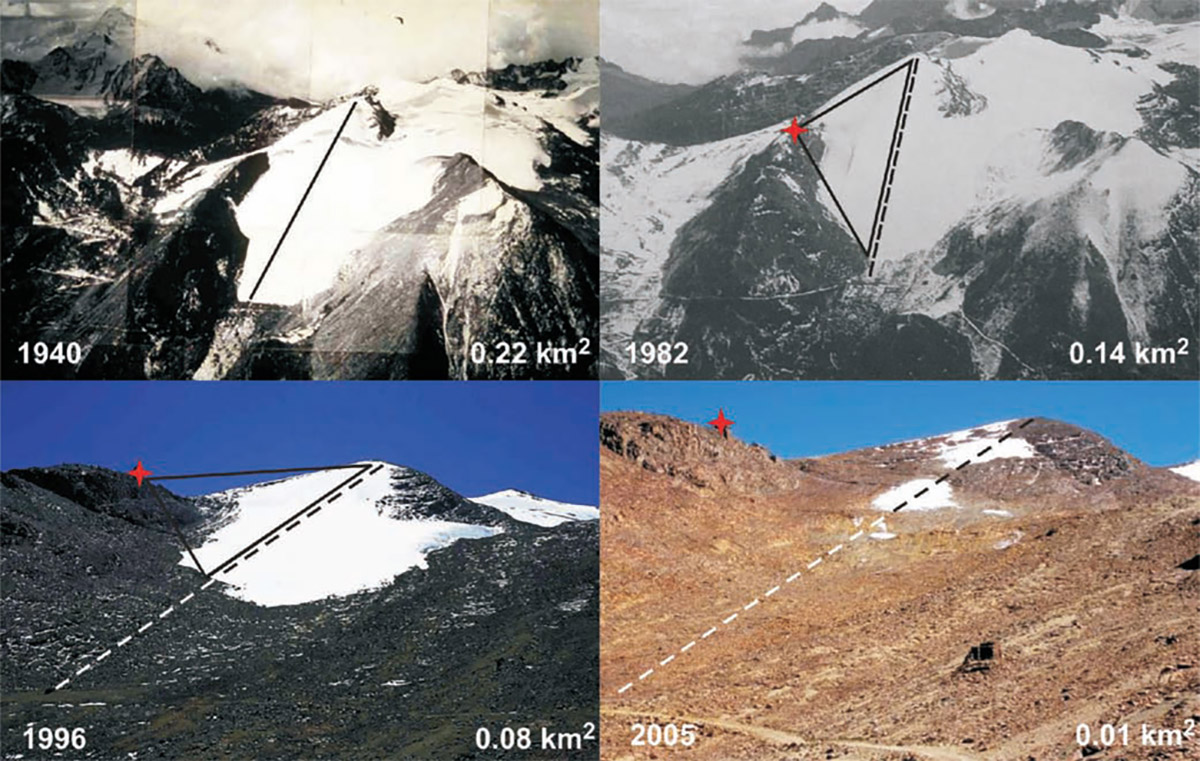
Fresh water is one of the most important naturally occurring resources on the planet, and our lives absolutely depend on it. As rising temperatures and other effects of climate change threaten Earth’s supplies of fresh water, scientists and other experts are working to find solutions. Some island nations are exploring using desalination plants, which can convert salt water into fresh water. Others are changing the way they use fresh water to reduce the strain on already small supplies by using drought-tolerant plants for decoration instead of grassy lawns, or building more efficient irrigation systems for watering crops. In areas where glaciers are rapidly melting, citizens are encouraging the growth of wetlands and native plants that filter and capture the meltwater. Completely melted glaciers have even attracted climate change tourists, who want to see the effects of rising global temperatures. Despite creative mitigation strategies, the most important step in preserving Earth’s fresh water supplies is to slow the advance of climate change. This will involve deliberate, and often difficult, steps to reduce greenhouse gases from countries all over the world.
